The modern grocery store is a marvel of convenience, its aisles lined with brightly colored packages promising quick meals and irresistible flavors. Yet behind the attractive exteriors of chips, frozen dinners, and sugary cereals lies a growing health concern: ultra-processed foods (UPFs). These products, engineered for long shelf lives and addictive taste profiles, have quietly infiltrated diets worldwide—with consequences we are only beginning to understand.
A Silent Dietary Takeover
Walk into any supermarket, and you’ll find ultra-processed foods dominating the shelves. They’re not just the obvious suspects like soda or candy but also foods masquerading as healthy—protein bars, flavored yogurts, and even some whole-grain breads. What defines them isn’t just processing (after all, cooking is processing) but the industrial methods that strip away nutrients and pack in additives: emulsifiers to improve texture, artificial flavors to mimic "real" food, and preservatives to defy spoilage. The result? Products designed to be eaten in excess, often at the expense of our health.
The scale of consumption is staggering. In the U.S. and U.K., ultra-processed foods account for over half of the average adult’s daily calories. In some demographics, particularly lower-income communities with limited access to fresh food, that number climbs higher. This isn’t just a Western phenomenon either—Brazil, India, and other rapidly developing nations are seeing UPF sales skyrocket as global food corporations expand their reach.
The Health Toll Unfolds
Early warnings about ultra-processed foods focused on their nutritional poverty—high in salt, sugar, and unhealthy fats while lacking fiber, vitamins, and minerals. But recent research suggests the dangers run deeper. A landmark 2019 study by the National Institutes of Health made headlines when participants on an ultra-processed diet consumed 500 more calories per day than those eating unprocessed meals, even when both diets were matched for nutrients. The reason? UPFs seem to bypass the body’s natural satiety signals, encouraging overeating.
Epidemiological studies paint an even grimmer picture. Regular consumption has been linked to obesity, type 2 diabetes, and cardiovascular disease—associations that hold even after adjusting for lifestyle factors. Some researchers propose that additives like emulsifiers might disrupt gut bacteria, triggering inflammation linked to conditions from irritable bowel syndrome to depression. Others point to the speed at which these foods are consumed (think of chugging a soda versus eating an apple), causing blood sugar spikes that strain metabolic health over time.
Why We Keep Eating Them
If these foods are so harmful, why do they dominate our diets? The answers lie in a perfect storm of corporate strategy and human biology. Food scientists engineer UPFs to hit the "bliss point"—the precise combination of salt, sugar, and fat that maximizes cravings. Marketing then positions them as solutions to modern problems: time-strapped parents can feed kids with microwavable meals, and busy professionals can grab "nutritional" shakes between meetings. Price plays a role too—thanks to government subsidies for crops like corn and soy, a burger from a dollar menu often costs less than a head of broccoli.
Breaking free isn’t easy. Withdrawal symptoms from quitting ultra-processed foods—irritability, cravings, even flu-like fatigue—mirror those of addictive substances. Social norms compound the challenge; office birthdays revolve around cupcakes, and gas stations peddle chips rather than carrots. For many, especially in food deserts where fresh produce is scarce or unaffordable, UPFs aren’t a choice but a necessity.
A Path Forward
Change will require action on multiple fronts. Some governments are stepping in—Chile’s bold regulations include black warning labels on unhealthy packages and bans on cartoon mascots targeting children. In Brazil, dietary guidelines explicitly recommend avoiding ultra-processed foods. Educational campaigns could help consumers decode labels; terms like "natural" or "fortified" often disguise heavily processed products.
Individuals can take steps too, starting with recognizing that not all processing is equal. Frozen vegetables or canned beans are processed but retain nutritional value. Cooking at home, even with simple recipes, reduces reliance on ready-made meals. When buying packaged foods, shorter ingredient lists—with recognizable items—are a good rule of thumb.
The debate over ultra-processed foods isn’t about shaming choices but exposing systems. For decades, the food industry deflected blame onto consumers’ willpower while quietly reshaping diets to their advantage. As science unravels the true costs of these products, the question becomes whether we’ll treat them as the occasional indulgence they should be—or continue letting them quietly dominate our plates and our health.
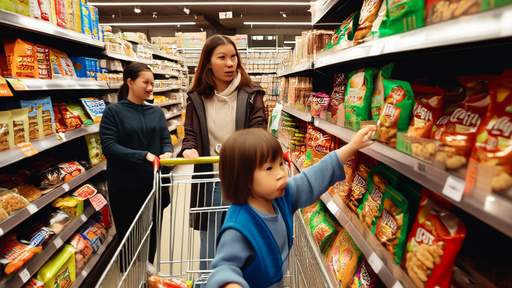
By /Jun 5, 2025
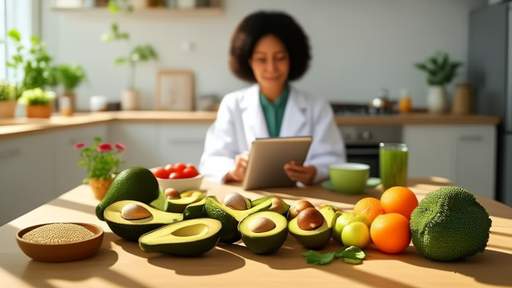
By /Jun 5, 2025
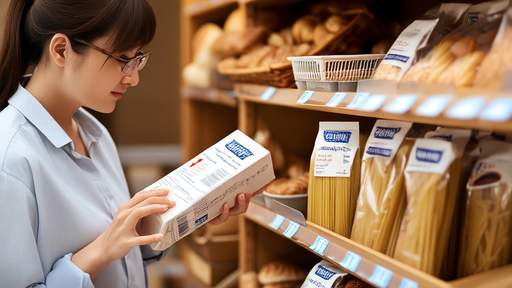
By /Jun 5, 2025
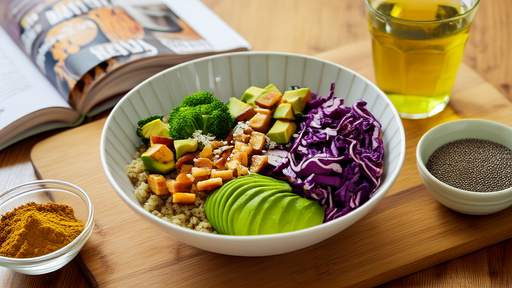
By /Jun 5, 2025

By /Jun 5, 2025
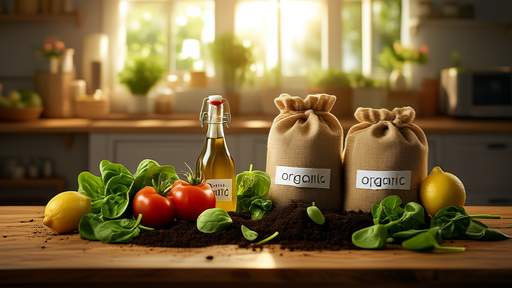
By /Jun 5, 2025
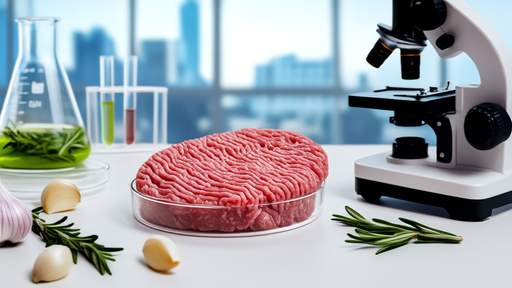
By /Jun 5, 2025
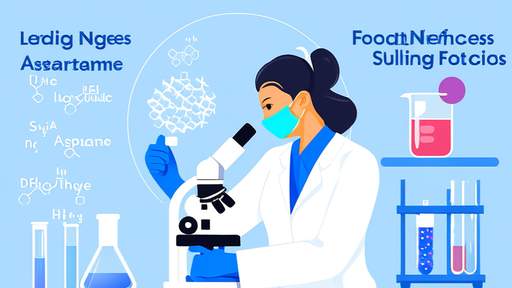
By /Jun 5, 2025

By /Jun 5, 2025

By /Jun 5, 2025
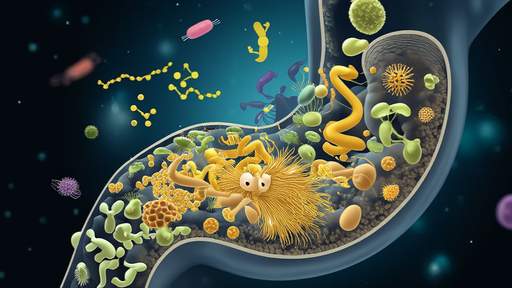
By /Jun 5, 2025
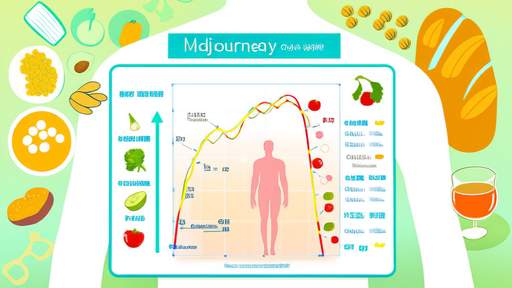
By /Jun 5, 2025
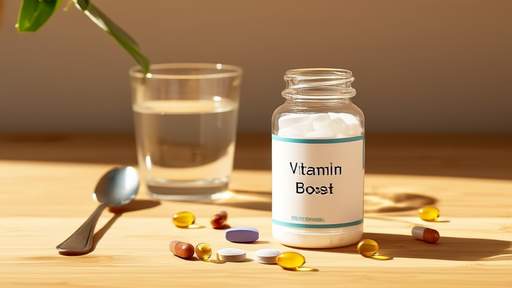
By /Jun 5, 2025
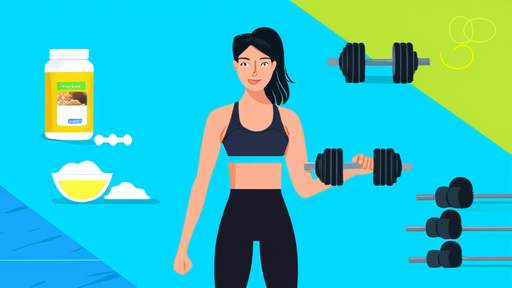
By /Jun 5, 2025

By /Jun 5, 2025
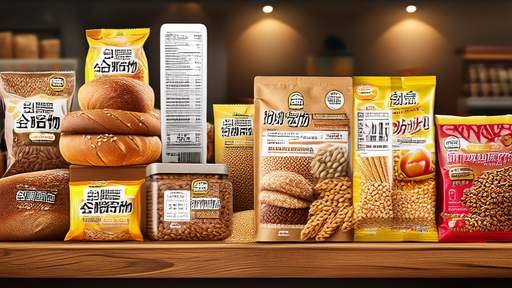
By /Jun 5, 2025

By /Jun 5, 2025

By /Jun 5, 2025

By /Jun 5, 2025
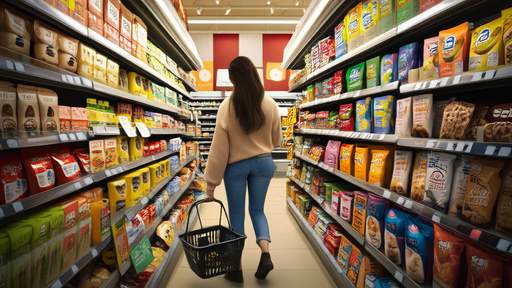
By /Jun 5, 2025